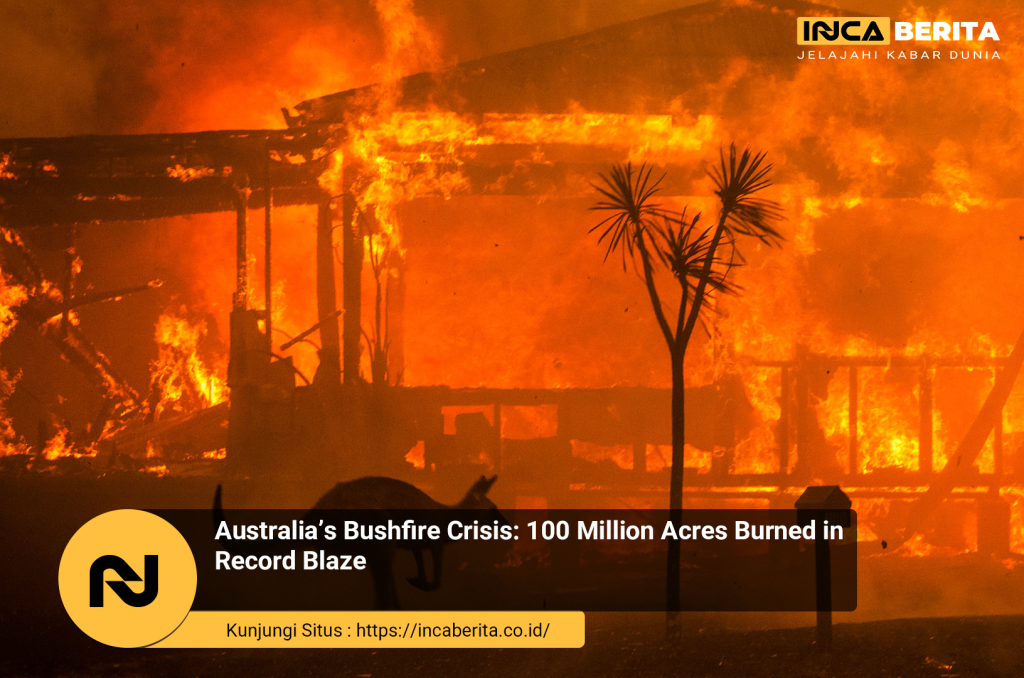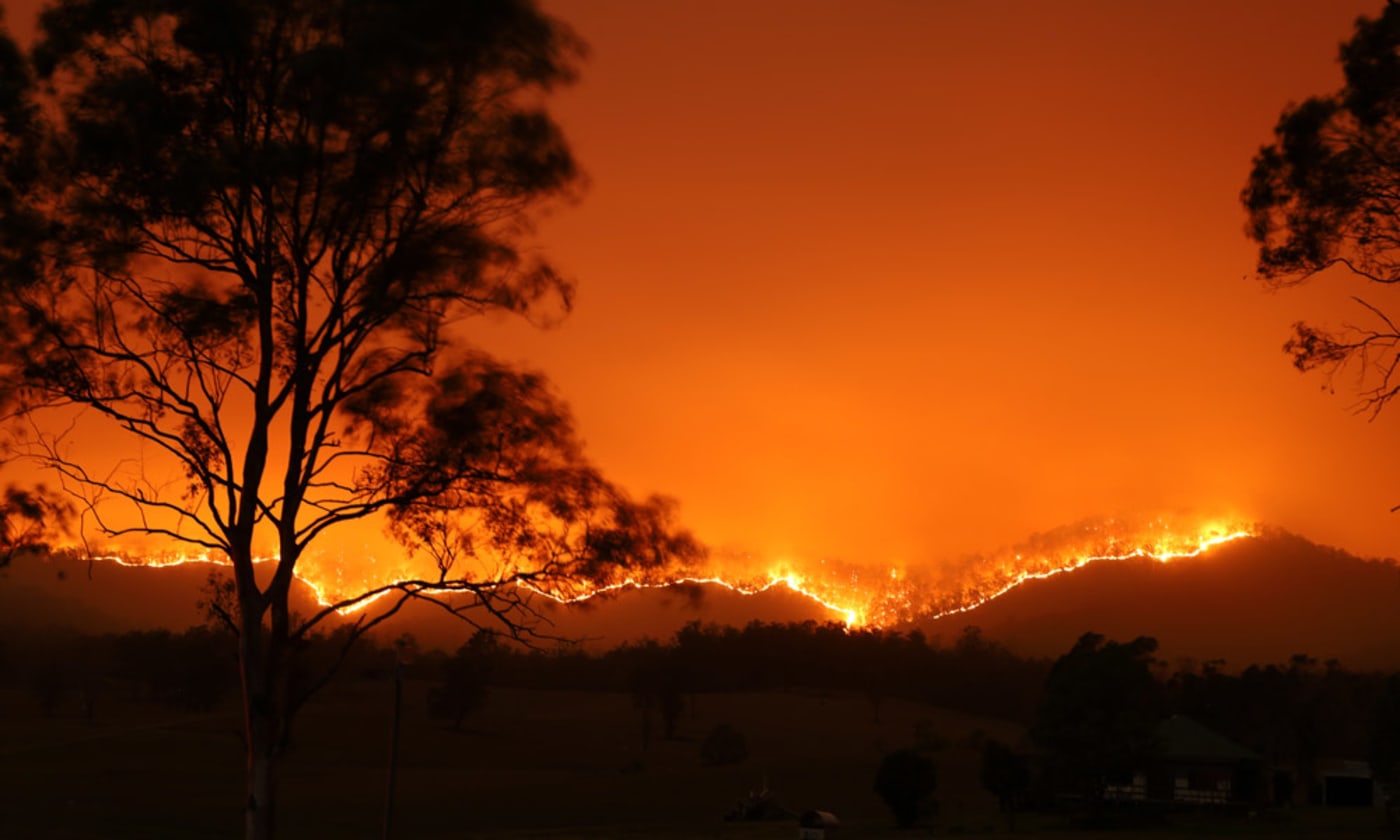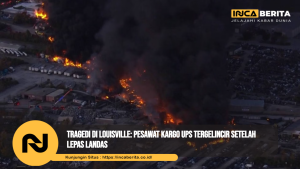Australia’s Bushfire Crisis: 100 Million Acres Burned in Record Blaze

Australia’s bushfire crises in its history, with over 100 million acres scorched in a record-breaking blaze. This unprecedented event has not only caused massive environmental destruction but also deeply affected communities, wildlife, and the nation’s economy. Understanding the causes, scale, and aftermath of these fires is crucial for addressing future risks and building resilience.
The Scale of the Crisis
The 2019–2020 bushfire season, often referred to as the “Black Summer,” saw fires burn across multiple states, including New South Wales, Victoria, Queensland, South Australia, and Western Australia. The total area burned exceeded 100 million acres (approximately 40 million hectares), making it one of the largest fire events recorded global.
Key facts about the crisis:
- Over 3,500 homes were destroyed.
- At least 34 people lost their lives.
- An estimated 1 billion animals perished or were displaced.
- Smoke from the fires caused hazardous air quality, affecting millions.
The scale of the fires overwhelmed firefighting resources and led to emergency evacuations and widespread disruption.
Causes and Contributing Factors
Several factors combined to create the perfect conditions for this catastrophic bushfire season:
1. Prolonged Drought and Heatwaves
Australia experienced severe drought conditions for years preceding the fires, drying out vegetation and soil. Coupled with record-breaking heatwaves, this created highly flammable landscapes.
2. Climate Change
Scientific consensus indicates that climate change has increased the frequency and intensity of extreme weather events, including heatwaves and droughts, which exacerbate fire risks.
3. Weather Patterns
Strong winds and lightning storms helped ignite and spread fires rapidly across vast areas.
4. Land Management Practices
Debates continue over the role of land management, including controlled burns and vegetation clearing, in mitigating or worsening fire risks.
Environmental and Ecological Impacts
The bushfires caused profound damage to Australia’s ecosystems:
- Vast tracts of forest and bushland were destroyed.
- Iconic species such as koalas suffered catastrophic population declines.
- Soil erosion and water quality issues arose due to loss of vegetation.
- Carbon emissions from the fires contributed significantly to atmospheric greenhouse gases.
Recovery efforts will require years of ecological restoration and conservation.
Human and Economic Consequences
Beyond environmental damage, the fires had severe human and economic impacts:
- Loss of life and trauma for affected communities.
- Displacement of thousands of residents.
- Economic losses estimated in the billions due to property damage, tourism decline, and firefighting costs.
- Health impacts from smoke inhalation and stress.
Government aid and community support programs were mobilized to assist recovery and rebuilding.
Response and Recovery Efforts
Australia’s response involved:
- Mobilizing thousands of firefighters, military personnel, and volunteers.
- International assistance and firefighting support.
- Emergency evacuation centers and medical services.
- Long-term plans for rebuilding infrastructure and enhancing fire preparedness.
Communities and organizations are also focusing on resilience, climate adaptation, and sustainable land management.
Lessons Learned and Future Outlook
The 100 million acres burned in this record blaze underscore the urgent need for:
- Enhanced climate action to reduce global warming.
- Improved early warning systems and firefighting technologies.
- Community education and preparedness programs.
- Research into fire-resistant building materials and land management strategies.
Australia’s bushfire crisis serves as a stark reminder of the growing risks posed by climate change and the importance of coordinated global and local responses.
Final Thoughts
Australia’s bushfire crisis was a tragic and transformative event with lasting consequences. Understanding the causes, impacts, and responses helps us learn how to better protect people, wildlife, and ecosystems in the future. If you want to explore more about climate resilience, fire safety, or environmental conservation, I’m here to provide detailed information and resources.







